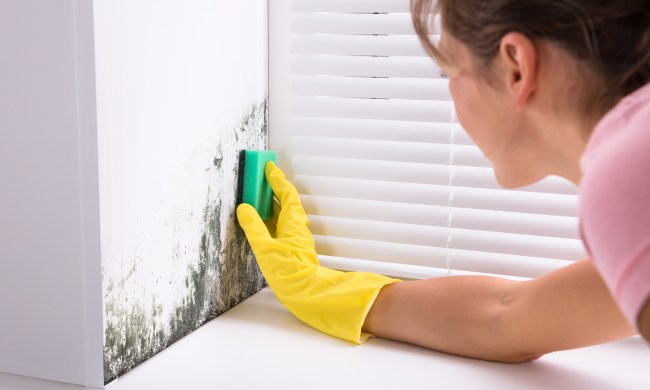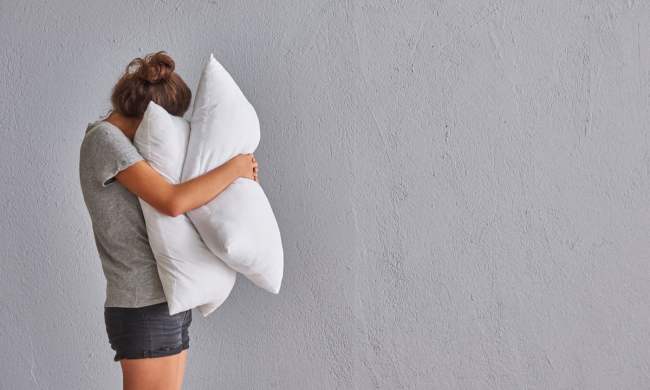There’s never been a time where having a clean home matters more. But while regular cleaning, the kind that is done with soap and water and a little bit of elbow grease, might work in some situations, for others, it’s about a much deeper kind of cleaning.
When the goal is germ control, the terms disinfect or sanitize come to mind. Disinfecting and sanitizing are two different things—and offer two different methods for germ control—so here’s the difference:
 Disinfecting vs. sanitizing, what’s the difference?
Disinfecting vs. sanitizing, what’s the difference?
Disinfecting: Disinfecting kills, destroys or inactivates germs on hard, non-porous surfaces through the use of chemicals. Although disinfecting doesn’t actually remove germs or clean dirty surfaces, it will kill the germs on contact, lowering the risk of spreading infection.
Sanitizing: Sanitizing reduces bacteria and removes and lowers germs to a level deemed safe by public health standards on hard surfaces and laundry.
The case for disinfecting
Disinfecting hard surfaces is one of the most effective ways to lower the risk of spreading germs through touch. Disinfectants are the only products approved by the EPA to kill both viruses and bacteria on hard surfaces, including COVID-19.
During quarantine or regular cold and flu season, it is recommended to disinfect your home two to three times per day. If someone in your household is sick, that number should increase to four times per day for high-touch surfaces, including doorknobs, TV remotes, faucets, and cell phones.
When to sanitize
Sanitizers can reduce or kill 99.9 to 99.999 percent of listed bacterial micro-organisms on pre-cleaned surfaces—meaning you should first clean a surface with ordinary soap-like cleaners and water before using sanitizers. There are two types of sanitizers available for hard surfaces: food contact sanitizers (safe to use on food-prep areas) and non-food contact options, which can be used on most other hard surfaces.
What about green cleaning?
Green cleaning includes products and procedures that do not emit any pollutants when used and are safe for the environment. Green cleaning is important for the environment and the overall health of the general public. Although there are several effective “green certified” sanitizing products, there are no “green certified” disinfectant cleansers known to kill surface germs and viruses. There are, however, a limited number of green cleaning methods, including ozone cleaning, that can kill germs without harm to the environment.
 And the winner is …
And the winner is …
By sanitizing, you reduce and/or kill bacteria on surfaces, but that does not include fungus or viruses. While sanitizing is certainly better than merely cleaning, if your goal is to eliminate surface bacteria, germs, and viruses, your results will be dramatically better when you use a disinfectant.
Now, more than ever, it’s vital to maintain a clean, healthy house. But knowing which type of cleanser you need for every situation will help you make the right choice for your home, yourself, and the environment.
 Disinfecting vs. sanitizing, what’s the difference?
Disinfecting vs. sanitizing, what’s the difference? And the winner is …
And the winner is …


